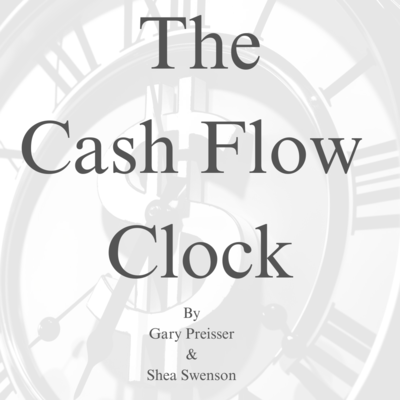The Cash Flow Clock: For Retirees - Book - Page 10

The Cash Flow Clock
Why the Cash Flow Clock
As we consider why we should use the Cash Flow Clock to manage our
financial plan, the first question should actually be – why doesn’t everyone?
In the day-to-day management of our household finances, every decision is
determined by cash flow. How much income we have (as well as how much
debt we are willing to take on) dictates how much we can spend each month.
How much we can spend determines much of our lifestyle – our housing,
our recreation, our education, etc.
The same applies for businesses. Every decision is based on cash flow.
Payroll, inventory, expansion, advertising, etc. – everything depends on
sufficient income. Governments should be the same but, unfortunately, they
tend to make up their own rules.
Since cash flow drives so much of financial decision making, it seems like it
would also drive our investment management. That is typically not the case.
Investment advisors focus on risk and diversification, following antiquated
rules of thumb like the Rule of 100. They rely on underperforming
portfolios designed to cater to the masses instead of doing the work of
customizing an investment plan that serves the needs of each individual
client.
This approach does not make any sense, and it simply does not work. It
depends almost entirely on risk management, catered to risk tolerance,
typically determined by answers to a risk questionnaire. This does not even
come close to telling the whole story of our financial needs.
Let’s consider an example:
Two client households, the Smiths and the Jones, need a new investment
plan. Each members of the households is 70 years old and they each are
considered conservative based on their risk tolerance score. Both
households want to be able to spend $5,000/month and both are receiving a
combined $4,000/month in Social Security income. They both have
6